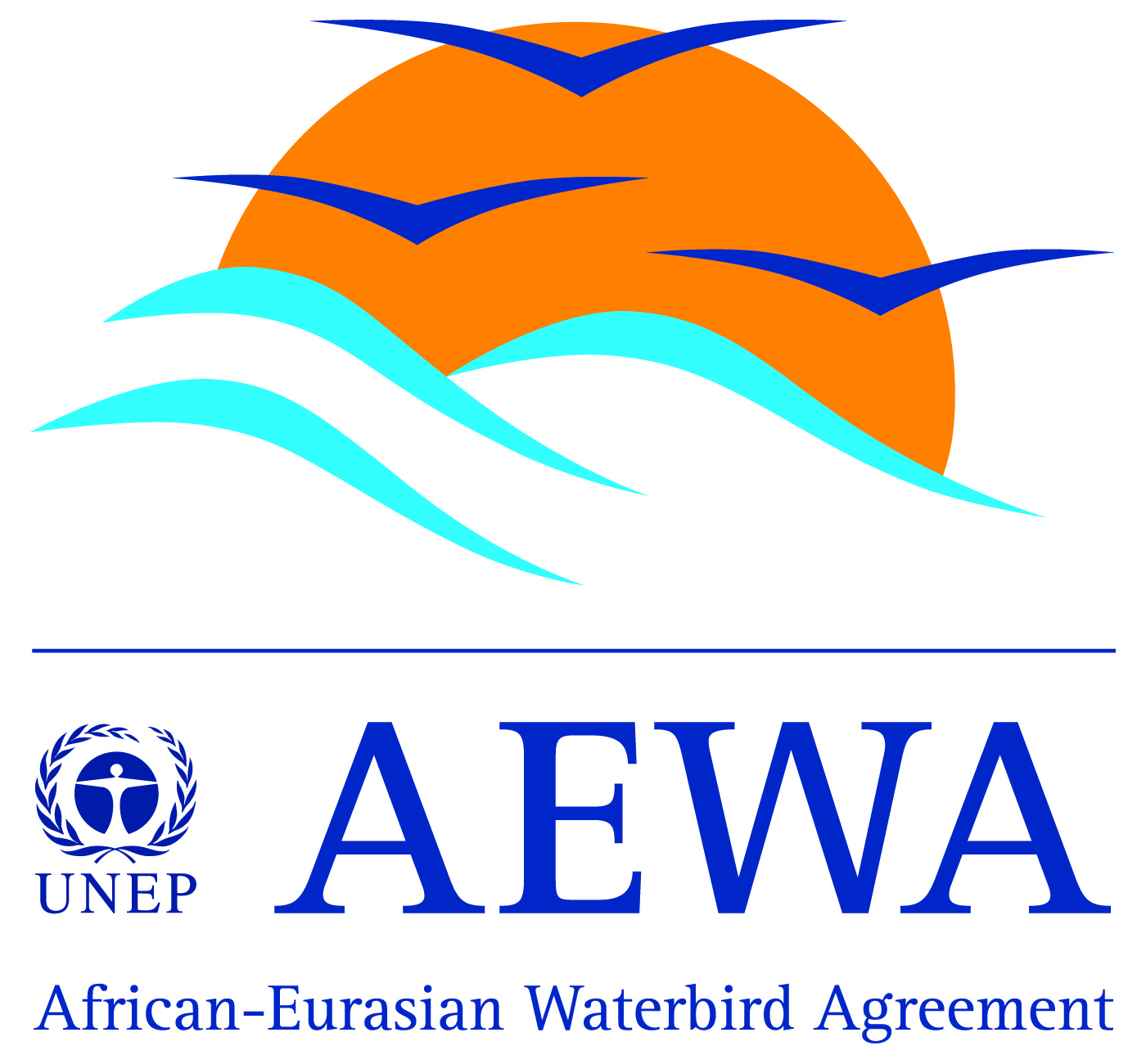Translocation of Duvaucel’s geckos to Tiritiri Matangi and Motuora Islands, Hauraki Gulf, as part of island ecological restoration initiatives
-
Published source details
van Winkel D., Marleen B., Barry M., Ji W. & Brunton D. (2010) Translocation of Duvaucel’s geckos to Tiritiri Matangi and Motuora Islands, Hauraki Gulf, as part of island ecological restoration initiatives. IUCN/SSC Re-introduction Specialist Group report, Global re-introduction perspectives: additional case-studies from around the globe, 113-115.
Published source details van Winkel D., Marleen B., Barry M., Ji W. & Brunton D. (2010) Translocation of Duvaucel’s geckos to Tiritiri Matangi and Motuora Islands, Hauraki Gulf, as part of island ecological restoration initiatives. IUCN/SSC Re-introduction Specialist Group report, Global re-introduction perspectives: additional case-studies from around the globe, 113-115.
Actions
This study is summarised as evidence for the following.
| Action | Category | |
|---|---|---|
|
Translocate adult or juvenile reptiles: Lizards Action Link |
|
-
Translocate adult or juvenile reptiles: Lizards
A replicated study on two island off the north-eastern coast of North Island, New Zealand (van Winkel et al. 2010) reported that translocated Duvaucel’s geckos Hoplodactylus duvaucelii survived for at least a year after release and successfully bred. Authors reported that no mortalities were recorded in the first year after release and all recaptured individuals had improved body condition (no data provided). Offspring of the gravid released geckos were recorded after 12 months, and offspring from breeding events on the islands was recorded in 2012. A total of 39 wild geckos were captured on Korapuki Island (50:50 sex ratio) and quarantined for two weeks to test for diseases. All animals were tagged with PIT tags, and 20 geckos were fitted with radio-transmitters. Geckos were released in December 2006; with 19 released on Tiritiri Matangi (220 ha) and 20 on Motuora Island (80 ha). Geckos were monitored intensively in the year after release via a range of methods (including radio-tracking, spotlight surveys and checking funnel traps and artificial refuges), and annual monitoring was conducted thereafter.
(Summarised by: William Morgan)
Output references
|
|





)_2023.JPG)














